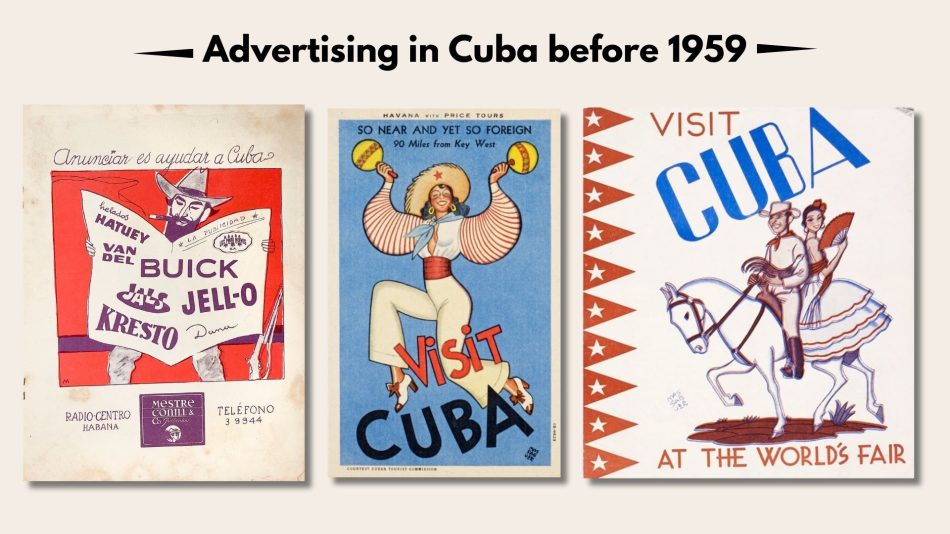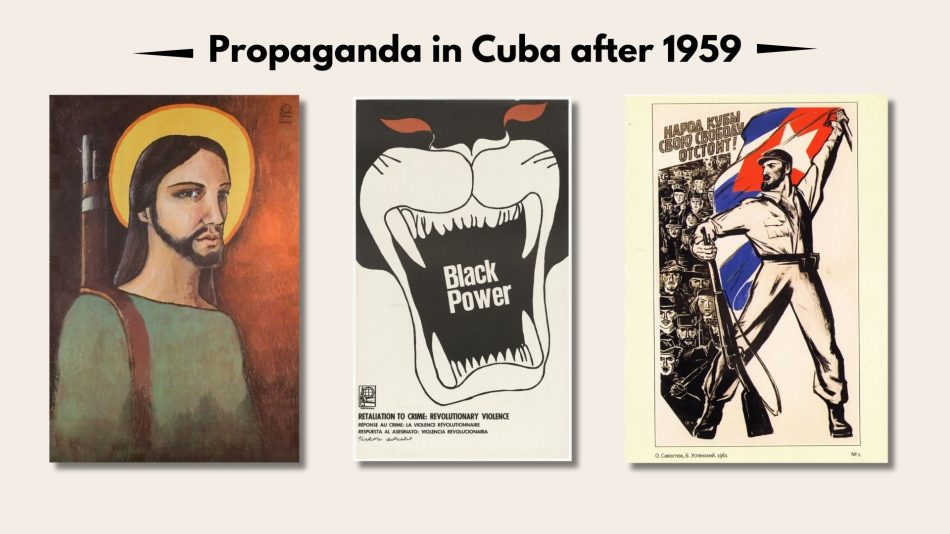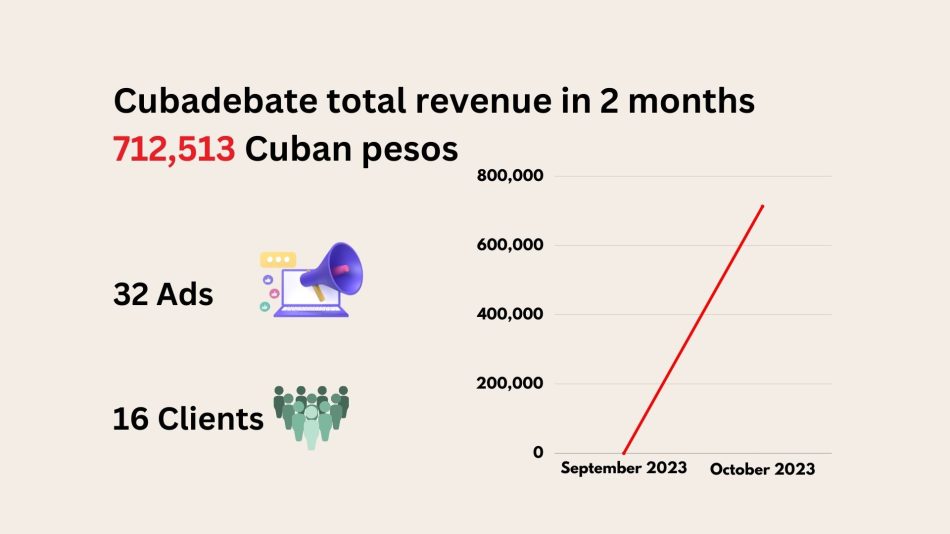Image 1: El Figaro, by Conrado W. Massaguer
After Fidel Castro came to power in January 1959, and the declaration of the socialist character of the Cuban Revolution in April 1961, the necessary conditions began to develop so that advertising in Cuba would become a forgotten and practically prohibited activity in less than a decade.

The theory put forward by the intellectuals, leaders and defenders of the Cuban Revolution – and which some continue to maintain today – was that a tool, technique or scheme of thought dedicated to promoting and encouraging a mentality oriented towards the excessive consumption of goods and services was not aligned with the revolutionary values and therefore, any message that was shared in the mass media – which in Cuba are completely owned by the State – intending to influence the masses, had to be a message of public good that addressed the needs of the people above their consumption needs.

The Cuban economy has not found strategies in recent years to guarantee stable growth, which has forced the Cuban government to create new economic actors, such as small and medium-sized enterprises (MIPYME for its acronym in Spanish) and in turn, this has forced a rebirth for the advertising industry in Cuba. At the beginning of 2023, the General Law of Social Communication was approved in the country, making the reinsertion of advertising into the Cuban public media scheme possible.
Although this law includes the conditions under which this will occur in the Cuban state media, it constitutes a hard blow to freedom of expression in the country since it strongly limits and regulates the types of content that both organizations – public or private – or the people can post on their social media profiles. Furthermore, it does not regulate what role Cuban advertising agencies that are now legalized as MIPYMEs will play.
The advertising actions that had previously been carried out on the island also remain in legal limbo, such as: sending promotional offers through WhatsApp and Telegram groups and channels; holding raffles with monetary prizes or in the form of products on social media; inserting advertising in alternative spaces such as the paquete semanal; among others.
Is established in the new Social Communication Law of 2023 that “the fundamental media of social communication are essentially financed by the State budget and by the budget of political, social and mass organizations, as appropriate” and thanks to the implementation of this law they will be able to “complement the financial and material assurance of their activities with the sale inside and outside the country of their productions and services, the sale of advertising spaces (…)”.
According to an article published in Escambray in March 2023, initially only 16 organizations will be part of an experiment in their economic and editorial management to see the effectiveness of the insertion of advertising within them, which began in August of the same year. Among these institutions are Cubadebate, Escambray and Radio Sancti Spiritus.
Cubadebate is a state-owned media outlet created in August 2003 and has only a digital presence. It was recognized by Norfic as the Cuban site with the highest number of visits in 2022 and until the end of this investigation was the only outlet that was actively inserting advertising among its contents following the provisions of the new communication law.
In November 2023, Randy Alonso -director of Cubadebate- declared that in just two months this outlet had earned a sum greater than 700,000 Cuban pesos as a result of advertising revenue, exceeding the goal of 200,000 pesos that had initially been set. It is worth clarifying that at least in the case of Cubadebate, an entity called “Ideas Multimedio” was created that acts as an intermediary between the outlet and its clients when managing the promotion and advertising services offered.

The director of Cubadebate in his statement, also referred to part of the process of opening this company, which includes hiring staff and opening bank accounts so that this company has freedom of financial action. One of the fundamental problems that Cuban state media will face is the deterioration of their infrastructure and it is also likely that advertisers will encounter a set of limitations regarding the sales approach.
In the words of Liz Armas Pedraza – former director of Cubahora, Cuba’s first digital magazine – “the financial crisis has a direct impact on the physical materials available in the newsrooms: old computers, cameras that do not work, poor quality cell phones to record or take photos (…) a good part of those who work in the media do so dissatisfied with the low salaries (…) likewise, those who usually stay in the newsrooms for years are older people, with archaic knowledge very far from what industry trends demand.”
The type of advertising used in this outlet has been the advertorial and precisely that is the name of the main category where they are grouped on the Cubadebate website. They have a disclaimer at the end of the article that clarifies that it is sponsored by the company in question; similar content was also found in the “Sponsored Content” category.
So far, the insertion of advertisements in other media spaces has not been seen. As can be observed in the images below, the advertorials made to date are too long and sometimes the thread of the product, service or organization promoted is somewhat lost. They are mostly descriptive and sometimes follow the interview format. Unless new formats or spaces are found within the medium, in the long term the advertorial will not be functional since the new information to offer runs out.

It was observed that until November 2023, Cubadebate had published a total of 32 articles in the “Advertorials” category for 16 different clients, of which nine do not have the paid article disclaimer although they follow the same format and narrative as the other advertisements. The other 23 are divided as follows.
- EVOLUTION (1 ad)
- CUBARTE AND AVANGENIO (1 ad)
- TDEA (1 ad)
- INVERSIONES PUCARA S.A. (2 ads)
- ETECSA (3 ad)
- ATR EXPORT (1 ad)
- CAUDAL GROUP (1 ad)
- PRODANCO PAINTS (1 ad)
- EL GELATO (1 ad)
- COMBELL (2 ads)
- BOGA CONFECTIONS (1 ad)
- ELECTRONIC INDUSTRY COMPANY (2 ads)
- NATIONAL BOTANICAL GARDEN (2 ads)
- CUBAMODELA (1 ad)
- GEMPIL (2 ads)
- AICASI (1 ad)
Cubadebate’s universe of advertisers is made up entirely of state-owned companies and MIPYMEs.
Although the comment option is disabled in most of the advertorials published to date (it is only available for the nine that do not clearly state that the content being consumed is sponsored), criticism in independent media has not been heard. long-awaited, since the sponsored content and services – for the most part – are out of the economic reach of many Cubans.
For Armas Pedraza, this is a factor to take into consideration since “if of the 10 advertisements that a media would have, 9 are for products outside the reach of its audience, then the final objective of the business, which is to sell its service/product, is not met, so they could stop advertising in this space. Likewise, the audience could feel disappointed or betrayed by an outlet that does not align with their interests or is unaware of its characteristics.”
For now, there is no clarity regarding the development stages of the implementation of this law, nor is it known when this experiment will expand to the rest of the 15 media selected to offer advertising space. This lack of transparency in procedures is not strange in Cuban government management or the management of state-owned companies. This brings us to the next variable to observe as this implementation develops, and that is how the money earned from advertising will be used, ideally, it should be used to cover part of the salaries of the press and mass media employees in Cuba, and it should also be used for investment to improve the already worn-out infrastructure of the Cuban state media.
Without a doubt, the reintroduction of advertising in Cuban state media will be an interesting phenomenon to observe and will constitute material for countless academic investigations and also for a large number of social debates. These media still have a long way to go and obstacles to overcome to offer a communication service that meets both the needs of the client who hires them and the expectations of the audience that receives the communication product.




